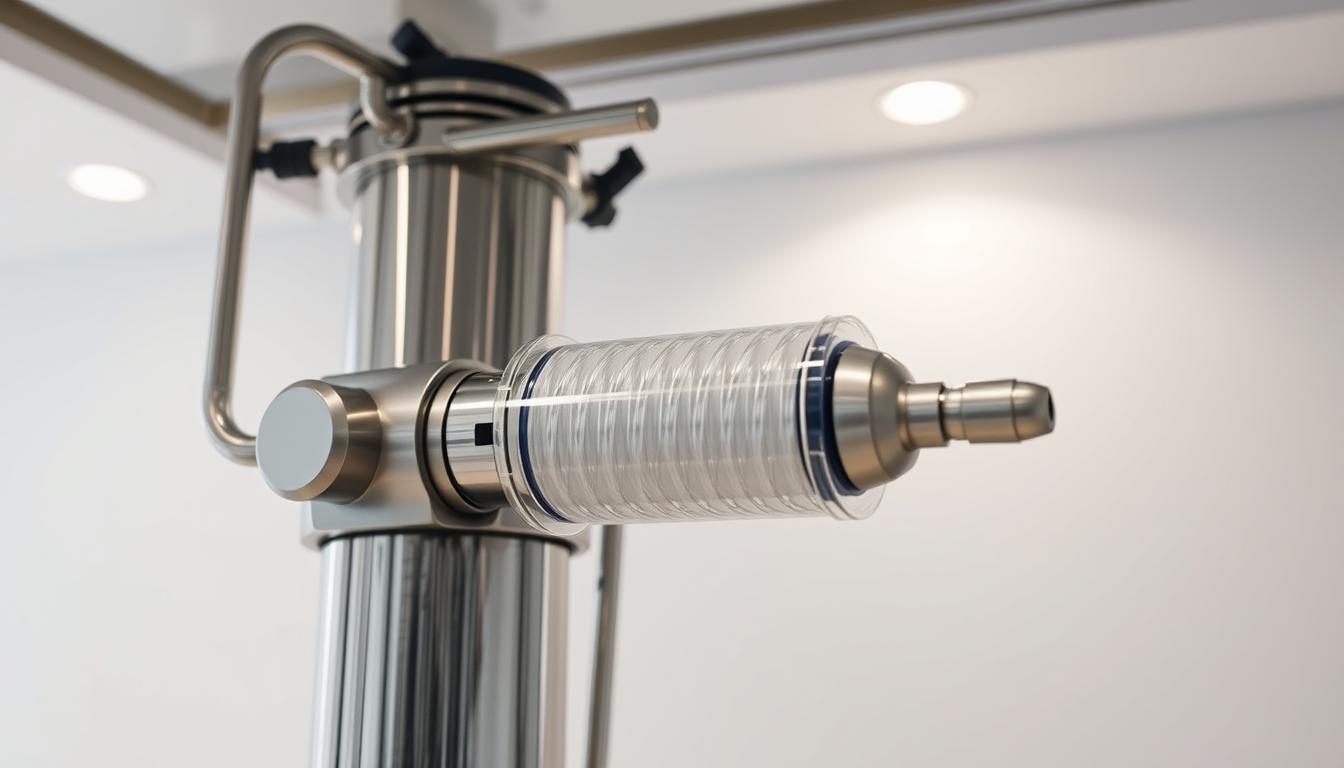Category: Contaminants
-
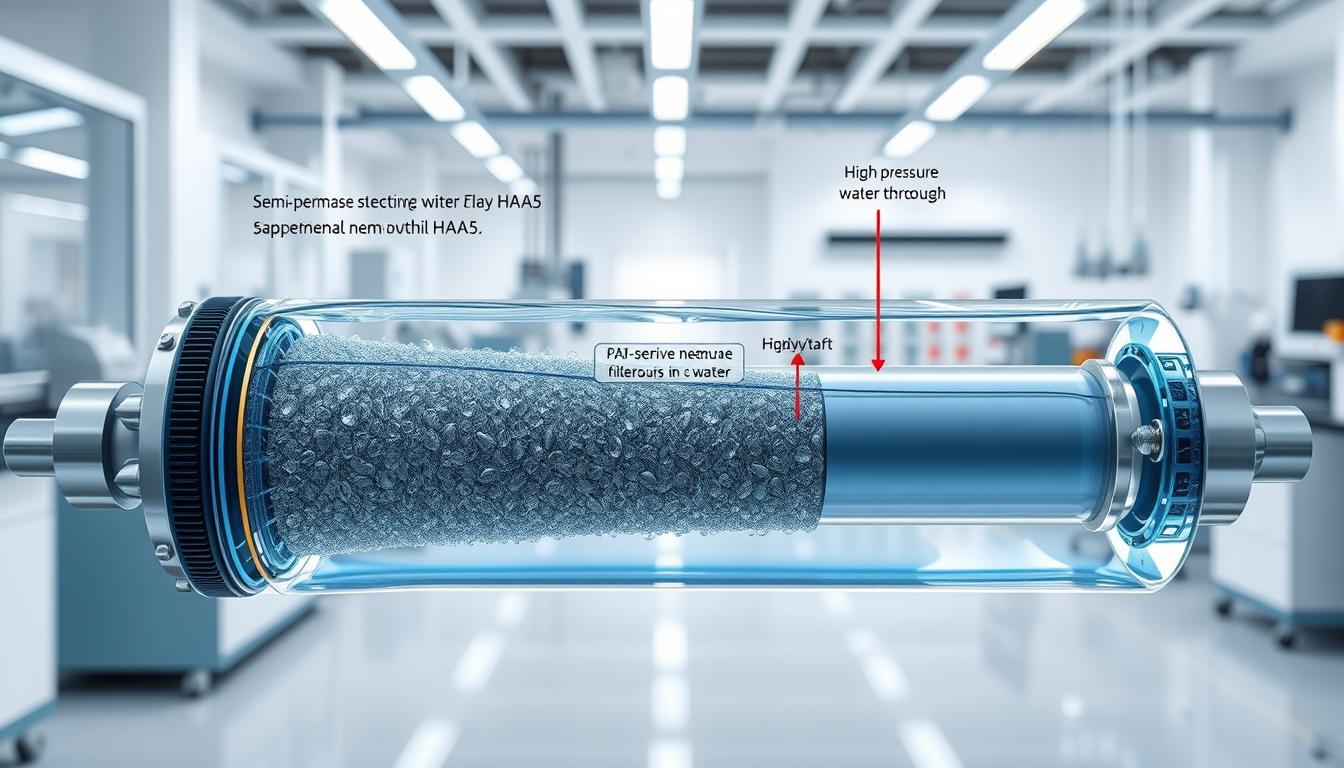
We’ve all stood at the kitchen sink, watching clear liquid fill our glasses, wondering: “Is this truly safe?” For millions of Americans, that simple act of pouring a drink carries quiet concerns about what might linger in their tap water. Recent studies reveal troubling levels of disinfection byproducts like HAA5 in municipal supplies. These compounds…
-
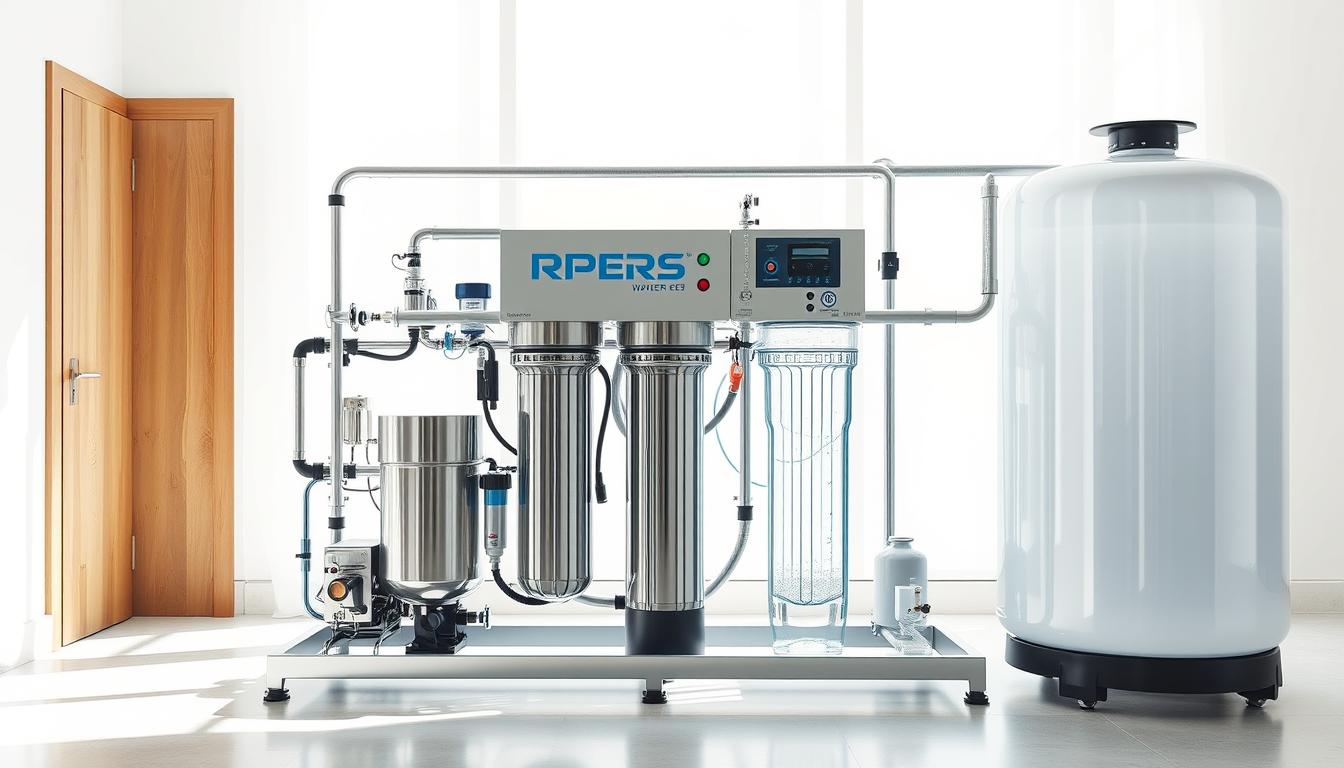
We’ve all paused mid-sip, wondering what’s really in our tap water. Recent reports show contaminants like chloroform – once linked to industrial use – are now appearing in residential supplies due to aging infrastructure and environmental shifts. For families prioritizing safety, this isn’t just a chemical name on a lab report. It’s a daily concern.…
-
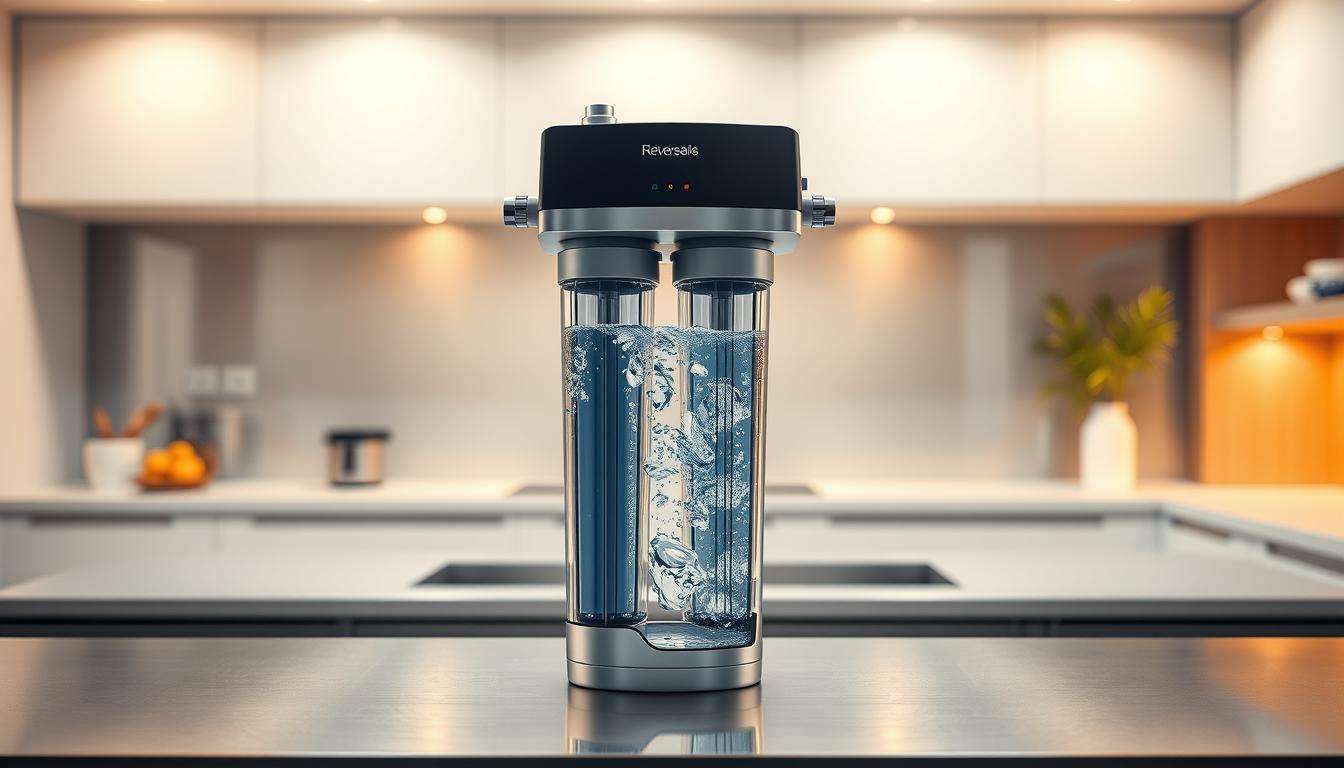
We’ve all stood at the kitchen sink, glass in hand, wondering what’s really flowing from our taps. For many homeowners, that moment of doubt grows when learning about disinfection byproducts like Bromodichloromethane – unwanted guests that form when chlorine meets organic matter during municipal treatment. Modern water purification requires more than basic solutions. Reverse osmosis…
-

We’ve all poured a glass from the tap, trusting it’s safe—until odd stains appear or a metallic taste lingers. For many homeowners, especially those using well water, these subtle signs often point to an uninvited guest: manganese. This naturally occurring element seeps into supplies through soil erosion and industrial activity. While small amounts are harmless,…
-
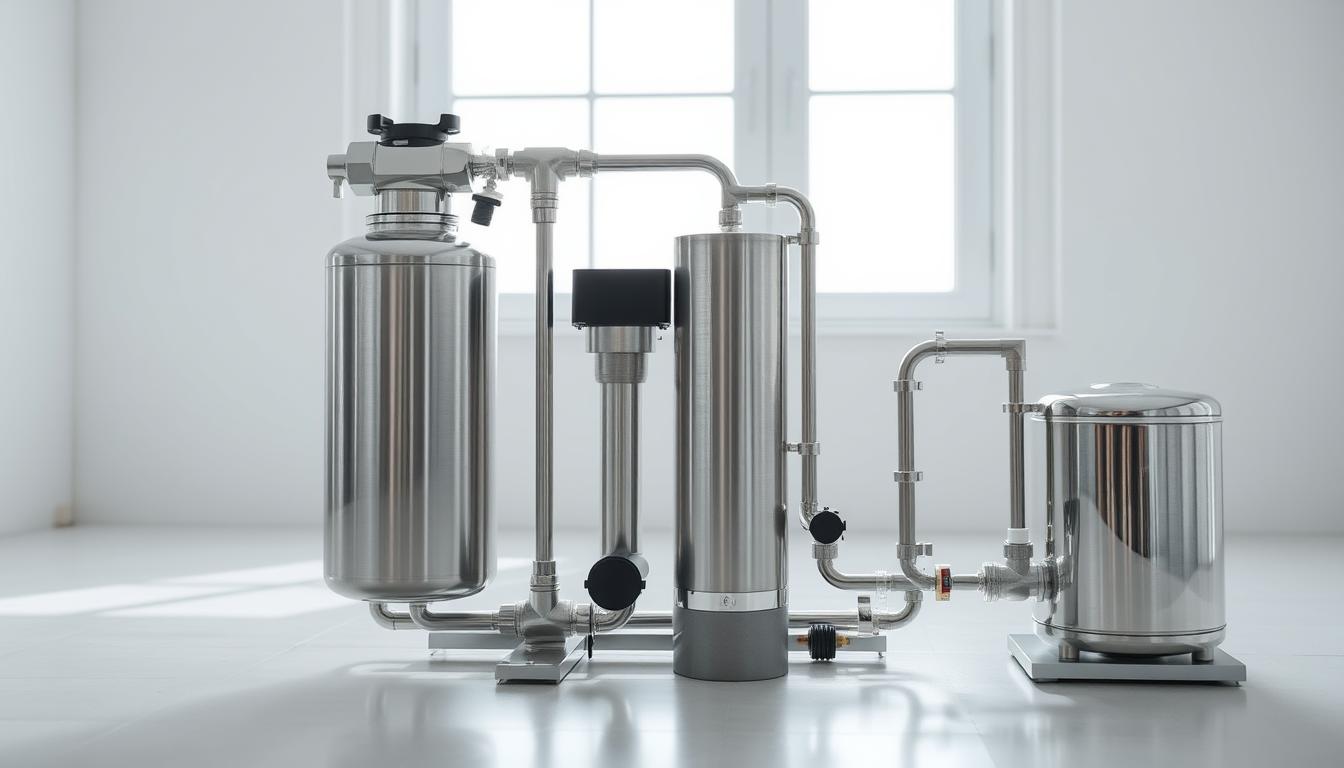
Imagine filling a glass from your tap, only to wonder: What’s really in it? For millions of Americans, this quiet concern grows louder as reports reveal mercury’s alarming presence in household supplies. This toxic metal enters our environment through coal-fired power plants, mining runoff, and even natural erosion—making its way into the streams and aquifers…
-

We’ve all turned on the tap without a second thought. But what if the clear liquid flowing out carries more than hydration? For many households, concerns about fluoride levels have shifted from whispers to serious conversations. Whether naturally occurring or added during municipal treatment, this mineral’s presence in drinking sources sparks questions about safety and…
-

We’ve all poured a glass from the kitchen sink without second thoughts. But what if that simple act carried unseen risks? Many American households face a silent challenge – invisible toxins entering their supply through natural deposits or industrial runoff. One particular contaminant demands attention due to its prevalence and health impacts. Research from the…
-
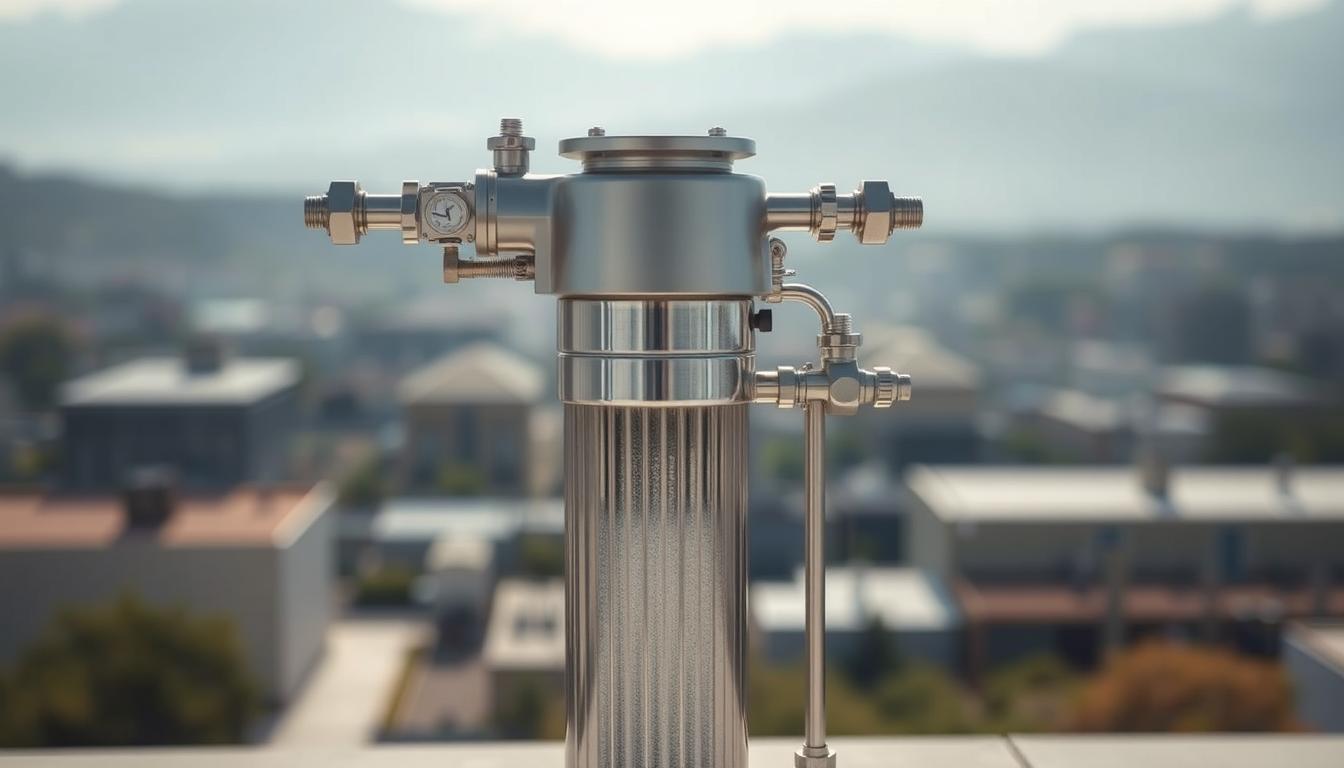
Imagine filling a glass from your kitchen tap, wondering what unseen elements might linger in every sip. Many of us share this quiet concern as agricultural runoff and industrial activity increasingly impact water supplies nationwide. These practices leave traces of synthetic compounds that standard treatment systems often miss. Recent studies show over 70% of rivers…
-
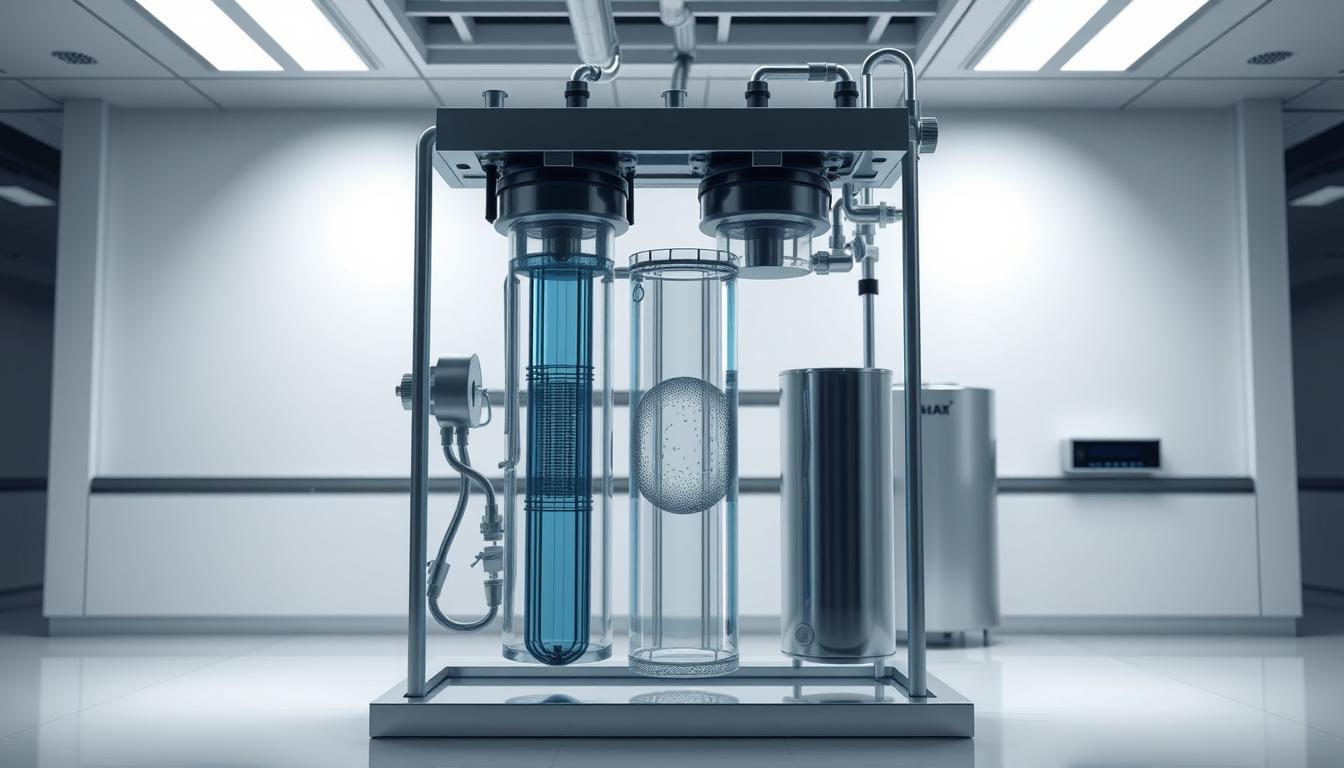
We all share that quiet moment at the kitchen sink – filling a glass while wondering what’s really in it. For many American families, agricultural runoff and industrial chemicals have turned this daily ritual into a silent concern. Modern farming practices and legacy pollution mean trace pesticides now appear in 44% of U.S. water systems…
